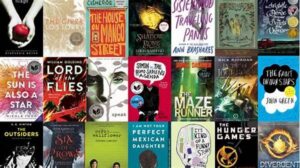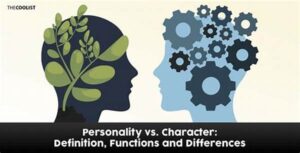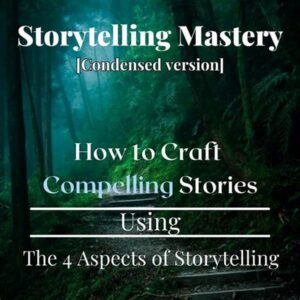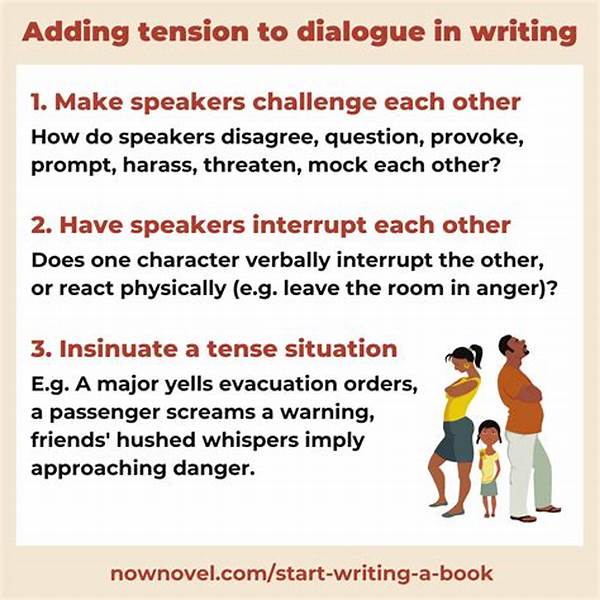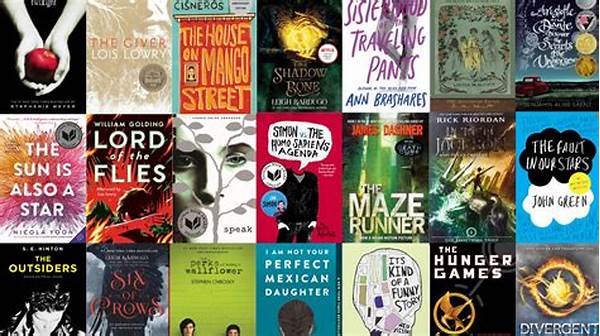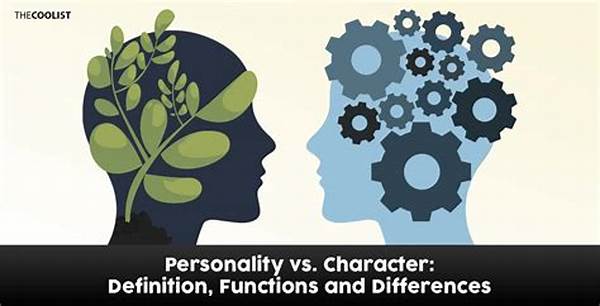In the dimly lit corners of every great narrative, characters come alive through their dialogues, carrying with them the weight of their world. The air becomes charged, words hang like whispered secrets, and tension burgeons as characters clash or conspire. Dialogue isn’t just communication; it’s the lifeline of storytelling, a dance of words that reveals hidden agendas, fears, and desires.
Read Now : Tools For Fixing Story Timeline Issues
Crafting the Perfect Conversation
As writers, we understand that building tension through character dialogue is an art. It’s the subtle inflections and the unsaid that grip readers, pulling them deeper into the storyline. Picture a scene where two characters stand face to face, eyes locked. Their words are weapons, with sharp meanings that cut through the silence. Each phrase holds a promise of revelation or a threat of betrayal.
The story unfolds in these exchanges, where the rhythm of speech sets the pace for the narrative journey. Composer of tension, dialogue becomes the storyteller’s tool, shaping the rise and fall of emotions. The unsaid speaks volumes, hanging between characters like a suspended bridge of uncertainty. Here, in this space, tension thrives, capturing the imagination of the reader, urging them to turn the page, hungry for resolution yet savoring the thrill of tension thick in the air.
Techniques for Building Tension
1. Pauses and Silence: Often, the pause in conversation fuels more suspense than any spoken word, creating space for tension to flourish.
2. Subtext and Double Meanings: Characters say one thing but mean another, constructing layers of intrigue and enigma.
3. Pacing and Interruptions: Rapid exchanges combined with interruptions can escalate the tension, simulating the urgency and anxiety of the moment.
4. Conflict-Driven Dialogue: Characters at odds with each other provide a natural platform for heightening tension through their clashing words.
5. Foreshadowing Through Dialogue: Hints and clues embedded within the dialogue whet the reader’s appetite for what’s to come, maintaining suspense.
The Emotional Tug of Words
In storytelling, dialogue acts as more than just filler between actions; it’s the emotional undercurrent that drives the plot forward. Building tension through character dialogue is a calculated dance where each word is a step towards climax or resolution. Consider a whispered conversation in a bustling market—a secret exchange that could topple empires yet is shielded by the mundane noise of daily life.
Such dialogues are crafted with intent, where every line, every interruption, serves to escalate stakes or deepen mysteries. The readers are drawn into this intricate play of words, where tension thrives not in the loud proclamation but in the soft, almost missed phrase—the uncertainty and mystery woven into each word. This delicate balance forms the soul of captivating storytelling, where emotional depth and suspense are masterfully interlaced.
Practical Strategies for Dialogue-Induced Tension
1. Setting the Scene: Use the environment to reflect the tension in dialogues—stormy weather for tumultuous conversations, quiet rooms for whispered conspiracies.
2. Character Flaws: Amplify tension by highlighting character flaws through their dialogues, making every interaction a potential tipping point.
3. Misdirection: Lead characters and readers down false paths with dialogue, building tension through surprise and unexpected reveals.
4. Building Slow-Burn Tension: Stretch conversations over multiple scenes, letting tension simmer until its inevitable eruption.
5. Contradictions: Let dialogue expose contradictions in character behavior or statements, heightening reader curiosity and suspicion.
Read Now : Prioritizing Creative Writing Projects
6. Utilizing Silence: Sometimes, it is not what is said, but what is left unsaid that intensifies tension, allowing the reader’s imagination to run wild.
7. Personality Clashes: Opposing personalities interacting through dialogue can serve as a strong tension builder.
8. Repeated Phrases: Reiterate particular lines or phrases to build resonance and suspense about their significance.
9. Action Over Words: Combine action with dialogue, forcing characters to choose between speaking and doing, hence enriching the tension.
10. Lies and Truths: Weave a fine line where truth and deception are indiscernible, each statement leaving room for doubt.
Dialogue: The Spine of Tension-Building
Dialogue, meticulously sculpted, becomes a force of its own—a conduit for tension, steering narratives toward their inevitable crescendos. In crafting speech, we give life to characters, their exchanges swirling like currents in a turbulent sea. It is here, in these meetings of minds, that building tension through character dialogue reveals its power. Words become battles fought on the field of interaction, each line a thrust, parry, or retreat.
The seasoned writer knows how to weave such encounters. It’s not always in the shouted words or grand revelations that tension lies; sometimes, it’s nestled in a subtlety, a hint of mockery, or a note of fear unvoiced. The clever placement of a phrase can turn the whole story on its head, surprising both character and reader alike. In these moments, the dialogue resonates, an echo of the tension that drives the narrative forward, a masterstroke in the art of storytelling.
Mastering the Craft of Tension
To master building tension through character dialogue, one must view each word as a building block, setting the foundation for suspense and anticipation. A glancing comment, a half-heard whisper, or a mirroring of moods through dialogue all contribute to the tension simmering beneath the narrative surface. These elements combine to form a rich tapestry of story, where readers are pulled into an emotional labyrinth carefully crafted by the writer.
In the heat of dialogue, characters reveal both the surface of their intent and the hidden depths of their emotion. This duality keeps the reader engaged, their mind racing to piece together motivations and the eventual fallout of each exchange. Every story has its heart in its dialogues, and it is here that tension is born. Like an orchestra tuning for a symphony, dialogue builds to a crescendo, the soaring high of storytelling achieved through the delicate balance of words both spoken and unspoken.
Conclusion: Weaving Tension Through Dialogue
In the ever-evolving landscape of storytelling, building tension through character dialogue remains an indispensable art form. It is here, in the interplay of words and silence, that narratives find their footing, driving plots toward their zeniths. Dialogue is more than conversation; it’s a path leading characters, and readers alike, through the intricacies of conflict, revelation, and emotion.
By refining this skill, writers gain the ability to craft tales that linger long after the last page is turned. The tension woven with dialogue becomes the story’s heartbeat, echoing through each chapter and leaving a lasting impression on those who dare to journey within its world. As dialogues unfold, the true art of tension building emerges, magnifying the reader’s engagement and imbuing the narrative with a dynamic force that captivates and enthralls. Here, amidst the words and pauses, lies the core of storytelling and the timeless craft of building tension through character dialogue.
